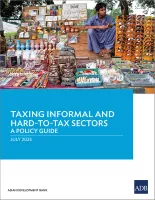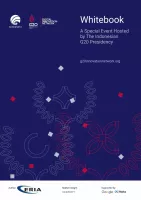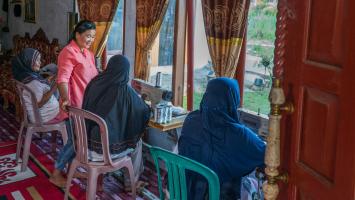
E-commerce transactions in Southeast Asia surged in 2020 as an increasing number of consumers and businesses move to contactless, digital platforms in response to COVID-19. Photo credit: iStock/ipopba.
Countries are upgrading payment systems and updating regulatory frameworks to promote financial innovation and improve security.
Increased e-commerce in Southeast Asia is expected to boost the growth of digital payments beyond the COVID-19 pandemic. An ASEAN policy brief says this trend is pushing countries in the region to upgrade their payment systems infrastructures and update their supervision and regulatory frameworks.
E-commerce transactions in Southeast Asia surged in 2020 as an increasing number of consumers and businesses move to contactless, digital platforms in response to COVID-19. Google, Temasek, and Bain see the internet economy in the region exceeding $100 billion last year and moving toward $300 billion by 2025.
The rise of digital banks
Several countries in the region have accelerated their adoption of digital banking by making online transactions safe and convenient. For example, the Philippines wants to shift 50% of payments from cash to digital by 2023 alongside its financial inclusion target of 70% Filipino adults compared with only 29% in 2019. Last year, the central bank allowed branchless “digital-only” banks to open in the country.
Global consultancy Roland Berger expects banks in Southeast Asia to reduce the number of their branches by 18% by 2030. The reductions are forecast to happen in Brunei Darussalam, Indonesia, Malaysia, Philippines, Singapore, and Thailand.
Published in April 2021, the policy brief “Payment Systems in the Digital Age: Case of ASEAN” notes that modernizing payment and settlement systems offer the “potential to significantly reduce costs and speed up payments, as well as integrate the unbanked segments of society.” However, it cautions that “advancements in financial innovation including payment systems bring risks to financial stability” and that “understanding of their implications on the financial system, including monetary policy, remains limited.”
ASEAN needs regulatory and oversight frameworks that address risks posed by digital payments without hampering financial innovation. It also needs to promote interoperability of systems for seamless cross-border payments and strengthen ICT infrastructure to ensure the security and integrity of data systems.
Four recommendations
The ASEAN policy brief provides the following recommendations.
- Review and ensure processes and systems, including monetary policy and regulatory surveillance, can manage possible risks. Regulatory frameworks must be able to protect the interests of digital payment users while providing an enabling environment for innovation.
The policy brief cites that a successful policy response in this area is the use of regulatory sandboxes to develop and test innovative financial products.
- Invest in digital infrastructure. The rate of digital adoption among ASEAN countries varies, depending on the level of development of their financial ICT infrastructure. The necessary infrastructure in each country must be in place in order to harmonize systems and make seamless payments across borders possible.
ASEAN is currently working on an interoperable quick response (QR) code framework that will simplify retail payments in the region.
- Use big data and analytics to inform policymaking and regulation. The policy brief says ASEAN countries, particularly their central banks and finance agencies, need to use these tools more to improve governance and ensure data and system security and integrity.
- Harmonize standards and ensure interoperability. Regional cooperation is needed to achieve seamless cross-border payments. This will require the development and adoption of common data frameworks and regulatory frameworks as well as putting in place safeguards to keep security issues in check without disrupting the entire system.
This article was first published by BIMP-EAGA on 27 May 2021.

BIMP-EAGA
The Brunei Darussalam–Indonesia–Malaysia–Philippines East ASEAN Growth Area, or BIMP-EAGA, is a cooperation initiative established in 1994 to spur development in remote and less developed areas in the four participating Southeast Asian countries.


